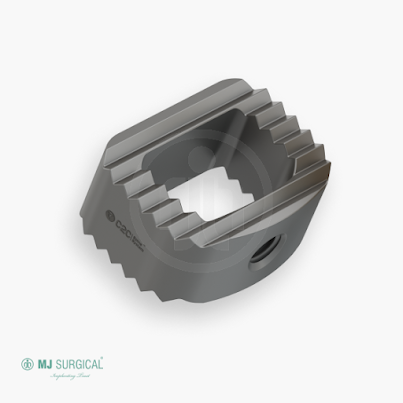Common Things That You Should Know About The Occipital Fusion And The Occipital Cervical Plate

The advancement of technology and improved construct stability in occipital cervical fixation have enabled the treatment of more complicated crania cervical instabilities with a greater success rate and less burdensome postoperative immobilization. Initial on-lay fusion and basic wire method necessitated traction followed by a halo. Rod and wire constructions were more stable, but they still struggled to prevent axial stresses caused by the rods pistoling through the sub-laminar wires. Occipital Cervical Plate and screw constructions were the first fully stable forms of occipital cervical fixation, although they relied on onset hole-hole lengths in the plate, making accurate screw insertion problematic at times. Furthermore, the screw is not firmly connected to the plate in these devices. Modern screw-rod systems allow for autonomous screw anchor insertion as well as a secure connection to the longitudinal rod. Firstly, What Is Occipital Fusion Occipital cervical fusion (OCF) is a...





